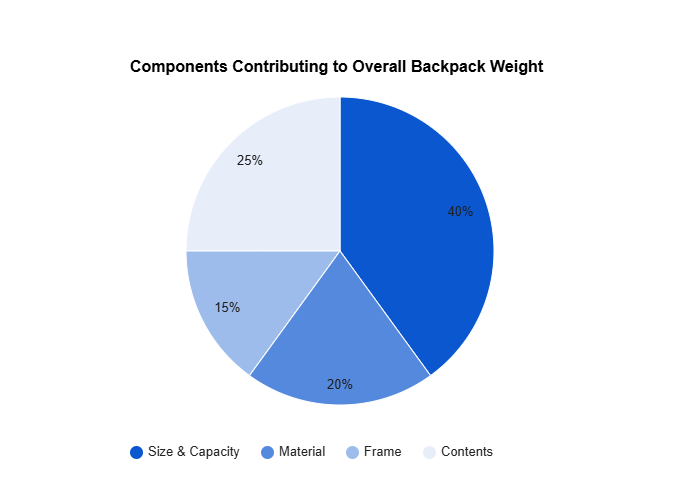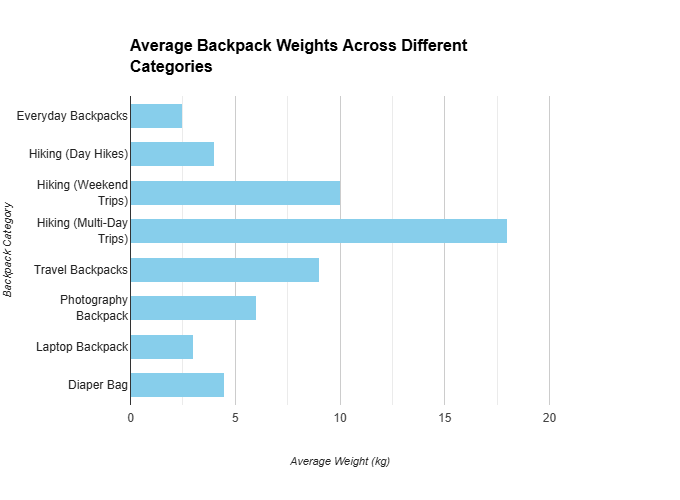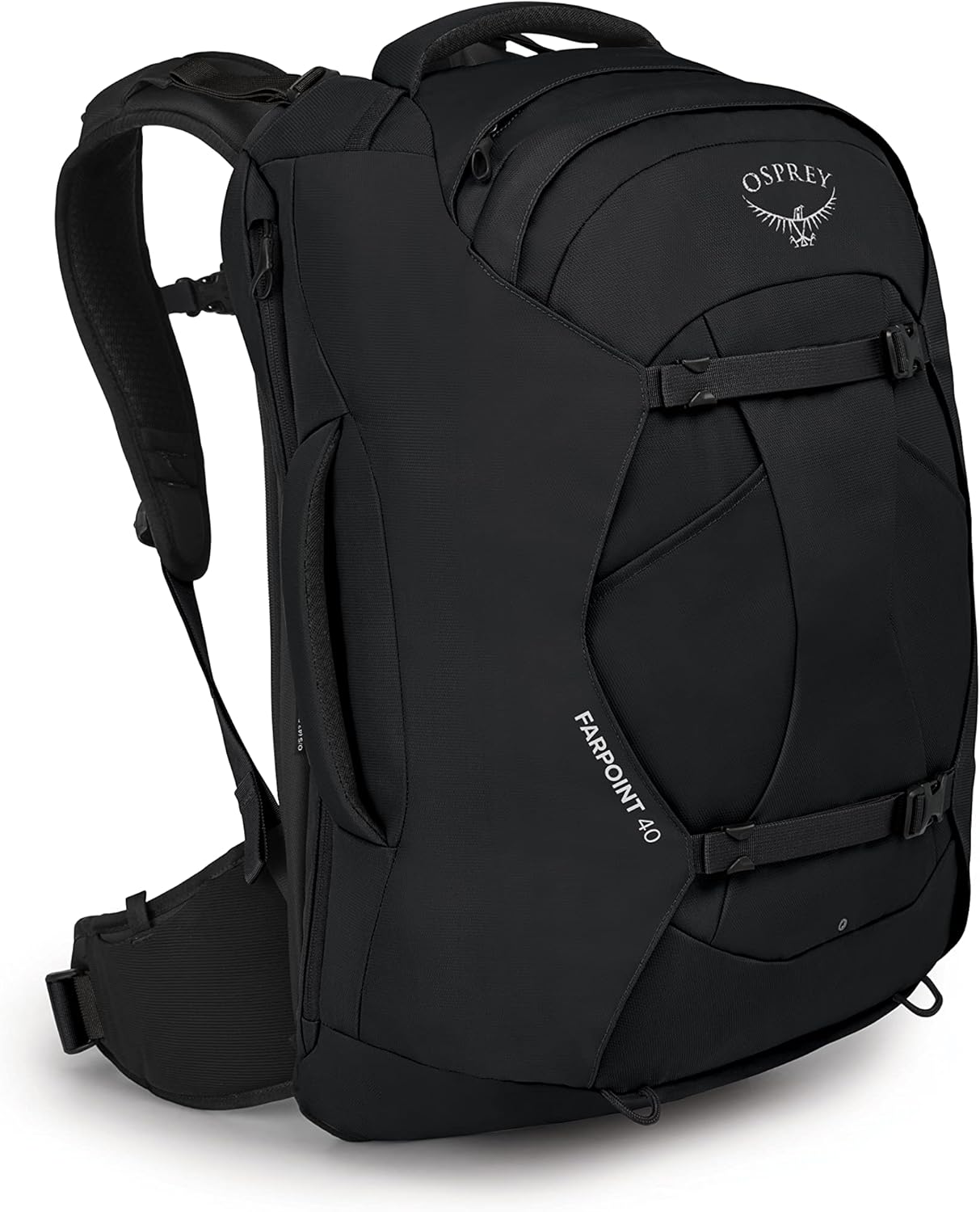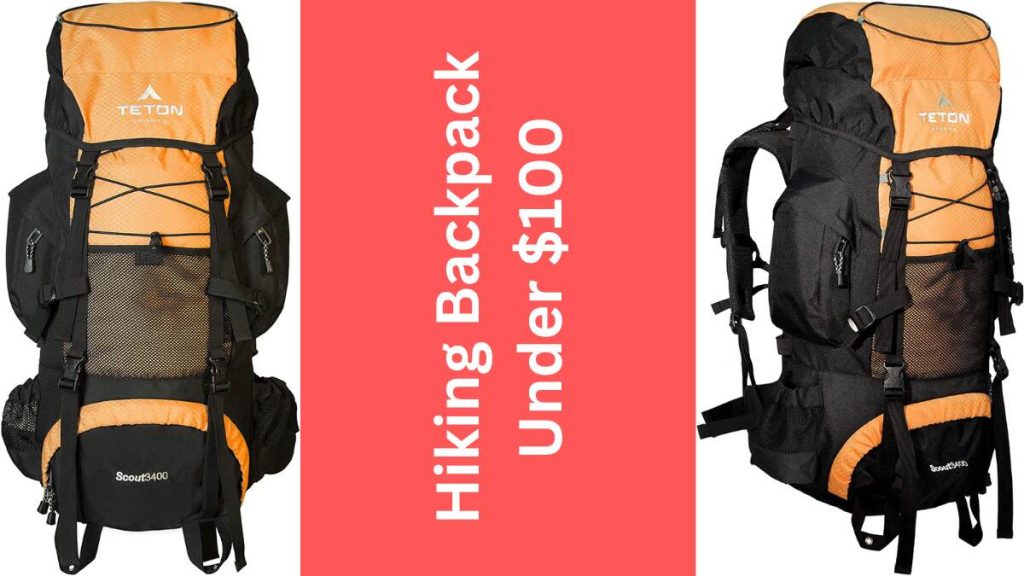When it comes to planning any adventure or daily activity, understanding how much a backpack weighs plays a crucial role in comfort, safety, and convenience. Whether you’re a student hauling textbooks, a professional carrying work essentials, or an outdoor enthusiast embarking on a multi-day hike, backpack weight directly affects your experience. How much does a backpack weigh? The answer can vary widely, influenced by factors like purpose, materials, design, and the type of items packed. A school backpack filled with books and supplies typically weighs between 12 to 20 pounds, while a fully-loaded backpack for a hiking trip could weigh 30 pounds or more depending on gear choices.
Beyond convenience, weight affects health; an overloaded backpack can lead to muscle strain, posture issues, and even injuries if carried over time. So, determining the ideal weight for your backpack involves more than just packing essentials—it’s about considering body strength, the duration of carrying, and proper weight distribution to maintain stability and ease. This article explores the average weight of various backpack types, tips for managing weight, and practical ways to find the right balance for comfort and utility. By understanding the weight dynamics of backpacks, you can make informed choices that enhance your comfort, safety, and overall experience.
how much does backpack weigh
The weight of a backpack is a crucial factor to consider when choosing the right one for your needs. Whether you’re a student carrying textbooks, a hiker trekking through the wilderness, or a traveler exploring distant lands, the weight of your backpack can significantly impact your comfort and overall experience.
What Components Contribute to Overall Backpack Weight?
Several factors contribute to the overall weight of a backpack:

- Size and Capacity: Larger backpacks naturally weigh more than smaller ones, especially when fully loaded.
- Material: The material used to construct the backpack, such as nylon or polyester, can affect its weight.
- Frame: Backpacks with internal or external frames add weight but can provide better support and load distribution.
- Contents: The items you pack inside your backpack, such as clothing, food, and gear, significantly impact its weight.
Types of Backpack Weight Measurements
When discussing backpack weight, it’s important to distinguish between different types of measurements:
- Base Weight: This refers to the weight of the empty backpack, including its frame, straps, and any attached components.
- Pack Weight: This is the weight of all the gear and supplies you plan to carry inside the backpack.
- Total Weight: This is the sum of the base weight and the pack weight, representing the total weight you’ll be carrying on your back.
Understanding these different weight measurements can help you make informed decisions about your gear choices and packing strategy. By minimizing the weight of your backpack, you can improve your comfort, reduce fatigue, and enhance your overall outdoor experience.
Average Backpack Weights Across Different Categories

Everyday Backpacks
- School Backpacks: Typically range from 1-3 pounds when empty. Loaded with books and supplies, they can weigh between 5-15 pounds.
- Work Backpacks: Similar to school backpacks, they usually weigh between 1-3 pounds empty. Loaded with laptops, chargers, and other office essentials, they can weigh between 5-10 pounds.
- Casual Daypacks: Generally lightweight, weighing around 1-2 pounds empty. When filled with personal items, they can weigh up to 5 pounds.
Hiking and Camping Backpacks
- Day Hiking Backpacks: These smaller packs typically weigh between 1-3 pounds empty. Loaded with water, snacks, and essential gear, they can weigh between 5-15 pounds.
- Multi-Day Hiking Backpacks: Larger and heavier, these backpacks can weigh between 3-8 pounds empty. Fully loaded with camping gear, food, and clothing, they can weigh anywhere from 20-50 pounds or more.
Travel Backpacks
- Carry-On Travel Backpacks: These smaller backpacks typically weigh between 2-4 pounds empty. When packed with clothing and other travel essentials, they can weigh between 10-20 pounds.
- Checked Travel Backpacks: Larger and heavier, these backpacks can weigh between 3-6 pounds empty. Fully loaded with clothing, gear, and souvenirs, they can weigh between 20-40 pounds or more.
Specialized Backpacks
- Camera Backpacks: These backpacks can vary in weight depending on their size and features. Smaller camera bags may weigh around 2-3 pounds, while larger ones can weigh up to 5-7 pounds.
- Laptop Backpacks: Similar to everyday backpacks, laptop backpacks typically weigh between 1-3 pounds empty. When loaded with a laptop, charger, and other accessories, they can weigh between 5-10 pounds.
- Other Niche Backpacks: Backpacks designed for specific activities, such as climbing, biking, or skiing, can vary greatly in weight. However, they are generally lightweight and designed to minimize bulk.
Please note that these are average weights, and actual weights may vary depending on the specific brand, model, and materials used.
Factors Influencing Backpack Weight
Backpack Material and Construction
The material and construction of a backpack significantly impact its weight. A balance between durability and weight is crucial for most backpackers.
Lightweight Materials:
- Nylon: A popular choice for its strength-to-weight ratio. It’s durable, water-resistant, and lightweight.
- Polyester: Another lightweight option that offers good durability and water resistance. It’s often used in budget-friendly backpacks.
- Ripstop Nylon: A stronger version of nylon with a woven grid pattern that resists tearing. It’s ideal for heavy-duty use and offers a good balance of weight and durability.
Durable Materials:
- Ballistic Nylon: Extremely durable and resistant to abrasion, punctures, and tears. It’s often used in military and tactical backpacks.
- Cordura: Known for its exceptional durability and resistance to abrasion. It’s a popular choice for outdoor gear and travel backpacks.
Construction Techniques:
- Seam Sealing: Waterproofing seams can add weight but improve weather resistance.
- Reinforcement: Extra stitching and reinforcements in high-stress areas can increase weight but enhance durability.
By carefully considering the material and construction of a backpack, you can choose one that meets your specific needs without sacrificing too much weight.
Size and Volume of the Backpack
The size and volume of a backpack directly impact its weight. Larger backpacks, even when empty, weigh more due to the increased amount of material and frame required. The volume needed for specific activities, such as hiking, travel, or commuting, also influences the overall weight.
How Volume Affects Weight:
- Capacity: The number of liters a backpack can hold determines its size. Larger capacity backpacks often weigh more, especially when loaded.
- Frame Size: Larger backpacks typically require larger frames, which add weight.
- Material Quantity: More material is needed to construct larger backpacks, increasing their weight.
When choosing a backpack, it’s essential to consider the necessary volume for your activities. Overpacking can significantly increase the weight, while underpacking can limit your ability to carry essential items.
Design and Added Features
The design and added features of a backpack can also influence its weight. Extra pockets, compartments, frames, and suspension systems can add weight, even if they are empty. While these features can enhance convenience and functionality, they come at the cost of increased weight.
Key Design Features and Their Impact on Weight:
- Pockets and Compartments: Multiple pockets and compartments can add complexity and weight to a backpack.
- Frames: Internal or external frames provide support and structure but also contribute to the overall weight.
- Suspension Systems: Padded straps, waist belts, and load-bearing systems can add weight, but they can significantly improve comfort and load distribution.
When choosing a backpack, consider the specific features you need and weigh them against the potential increase in weight. A well-designed backpack can provide the necessary features without sacrificing too much weight.
How to Determine the Right Backpack Weight for You
Assessing Your Physical Capabilities
Matching Backpack Weight with Body Strength and Fitness
A crucial factor in determining the right backpack weight is your physical fitness and strength. A backpack that is too heavy can lead to discomfort, injury, and fatigue.
Key Considerations:
- Body Strength: A stronger individual can typically carry a heavier load.
- Fitness Level: Regular exercise, particularly strength training and cardiovascular workouts, can improve your ability to carry weight.
- Experience Level: Experienced backpackers often develop the skills to carry heavier loads efficiently.
Tips for Matching Backpack Weight to Your Physical Capabilities:
- Start Light: Begin with lighter loads, especially if you’re new to backpacking. Gradually increase the weight as you build strength and endurance.
- Prioritize Essential Gear: Focus on packing only the essentials to minimize weight.
- Practice Good Packing Techniques: Proper packing can help distribute weight evenly and reduce strain on your body.
- Listen to Your Body: If you experience pain or discomfort, reduce the weight of your backpack.
By understanding your physical limitations and progressively increasing the weight you carry, you can avoid injuries and enjoy your outdoor adventures.
Considering the Length and Purpose of Your Trip
The length and purpose of your trip significantly influence the appropriate backpack weight. Day hikes require lighter packs, while multi-day backpacking trips demand heavier loads.
Weight Recommendations:
- Day Hikes: Aim for a backpack weight of 10-25 pounds, including water, snacks, and essential gear.
- Overnight Trips: A weight range of 25-40 pounds is common for overnight trips, including camping gear, food, and water.
- Multi-Day Backpacking Trips: Backpacks can weigh 40-60 pounds or more, depending on the duration and remoteness of the trip.
Factors to Consider:
- Terrain: Rugged terrain may require heavier backpacks to carry additional gear and safety equipment.
- Climate: Cold weather requires more clothing and insulation, increasing backpack weight.
- Permits and Regulations: Some parks and trails have weight restrictions for backpacks.
By carefully planning your trip and packing efficiently, you can minimize the weight of your backpack without sacrificing essential gear.
Environmental and Seasonal Considerations
Environmental and seasonal factors can significantly impact the appropriate backpack weight. Adjusting your load for different climates and terrains is essential for a comfortable and safe outdoor experience.
Climate Considerations:
- Cold Weather: Additional layers of clothing, insulation, and heating equipment can increase backpack weight.
- Hot Weather: While less clothing is needed, you may require more water to stay hydrated, adding weight.
Terrain Considerations:
- Mountainous Terrain: Steeper ascents and descents may require a lighter load to reduce fatigue.
- Desert Terrain: Hot, dry conditions may necessitate carrying more water, increasing backpack weight.
By understanding the specific challenges of your chosen environment, you can pack accordingly and avoid carrying unnecessary weight.
Optimizing Backpack Weight by Activity Type
Lightweight Packing for Backpacking and Hiking
Choosing Minimalist Gear for Outdoor Adventures
When it comes to backpacking and hiking, every ounce counts. A heavy backpack can significantly impact your comfort, endurance, and overall enjoyment of the outdoors. To minimize weight, consider the following tips:
- Prioritize Essential Gear: Focus on the essentials, such as a tent, sleeping bag, stove, food, and water.
- Choose Lightweight Gear: Opt for lightweight, durable materials like ultralight nylon or Dyneema.
- Pack Efficiently: Use compression sacks to reduce the volume of your clothing and gear.
- Utilize Modular Gear: Consider modular gear systems that can be adapted to different situations.
- Water Filtration: Carry a lightweight water filter or purification tablets to avoid carrying heavy water bottles.
By carefully selecting your gear and packing efficiently, you can significantly reduce the weight of your backpack without compromising your comfort or safety.
Packing Efficiently for Travel and Urban Exploration
Balancing Convenience and Weight for City Travel
When traveling, you want a backpack that’s both functional and lightweight. A heavy backpack can be a burden, especially when navigating crowded cities and public transportation. To pack efficiently for travel, consider these tips:
- Choose a Versatile Backpack: A versatile backpack can be used for both travel and everyday use.
- Pack Light: Bring only the essentials, such as clothing, toiletries, and electronics.
- Utilize Packing Cubes: Packing cubes can help you organize your belongings and maximize space.
- Roll Your Clothes: Rolling your clothes can save space and reduce wrinkles.
- Consider a Carry-on Only Approach: Packing light enough to carry on can save time and hassle at the airport.
By packing efficiently and choosing the right backpack, you can travel comfortably without being weighed down by excess baggage.
Essentials for School or Work Backpacks
Keeping Weight Light Without Compromising Necessities
School and work backpacks can quickly become heavy, especially when filled with textbooks, laptops, and other essentials. To minimize weight, consider these tips:
- Choose a Lightweight Backpack: Opt for a backpack made from lightweight materials and with minimal unnecessary features.
- Pack Smart: Organize your backpack to avoid overpacking.
- Use a Lighter Laptop: If possible, choose a lightweight laptop to reduce the overall weight of your backpack.
- Consider Digital Textbooks: Using digital textbooks can significantly reduce the weight of your backpack.
- Pack Only the Essentials: Avoid carrying unnecessary items that add weight.
By making conscious choices about what you carry, you can significantly reduce the weight of your school or work backpack and improve your comfort and productivity.
Conclusion: how much does backpack weigh
In summary, knowing how much does backpack weigh and understanding the factors that influence its weight are essential for anyone aiming to achieve both comfort and safety. From school and work bags to backpacks for travel and hiking, each type has specific weight considerations that impact health and functionality. Carrying a backpack that’s too heavy can strain your body, leading to potential injuries over time, while a properly balanced load ensures ease of movement and reduces fatigue. By selecting lightweight materials, packing only essentials, and using efficient organization methods, you can minimize unnecessary weight and optimize your pack for various activities.
Ultimately, the goal is to tailor your backpack’s weight to your personal needs and the demands of your trip, balancing convenience with safety. As you plan your next journey or routine day, keep in mind these guidelines to ensure that your backpack weight supports your well-being, allowing you to focus on your experiences rather than the load on your back.






